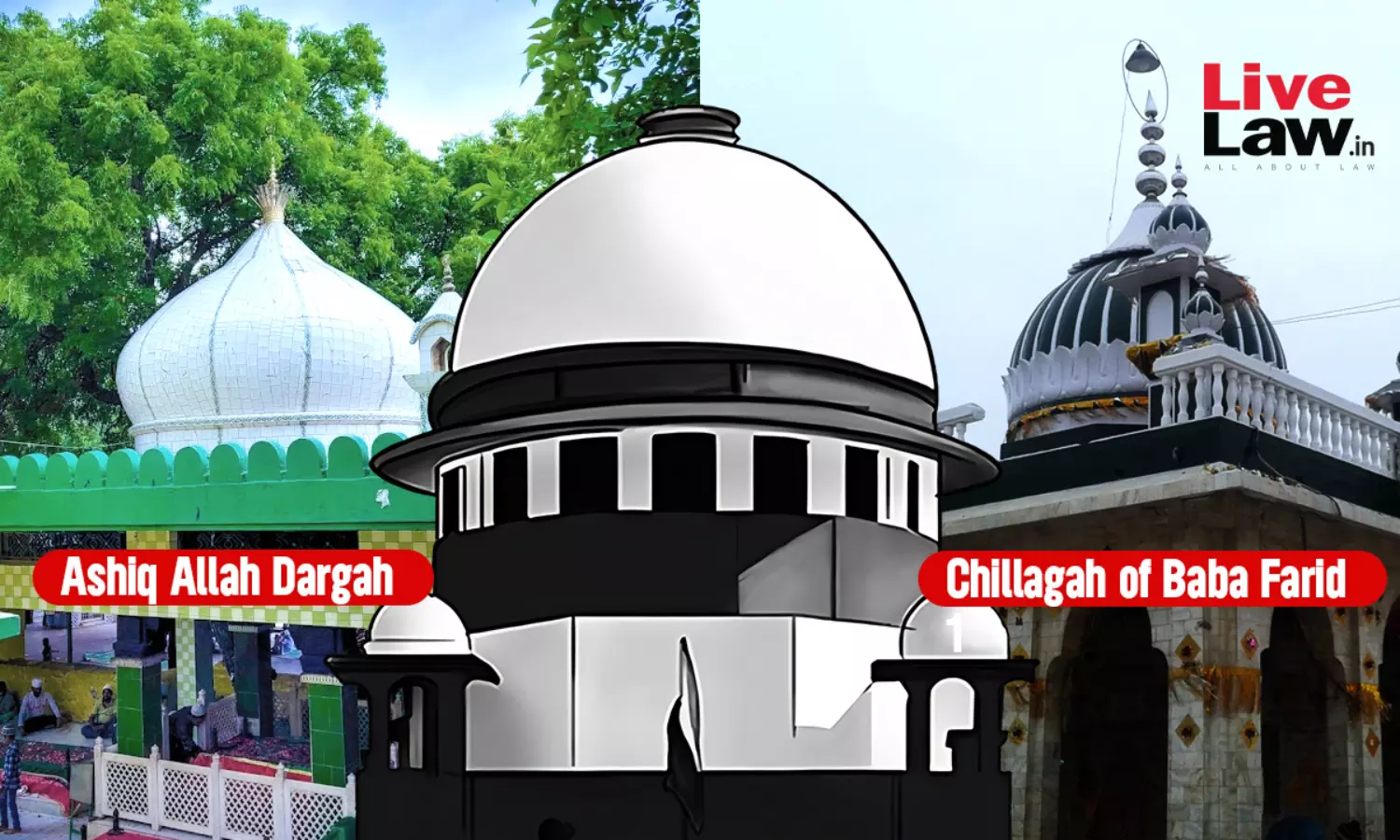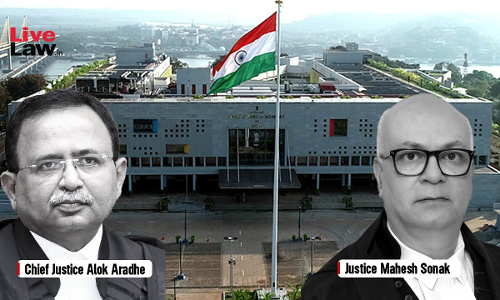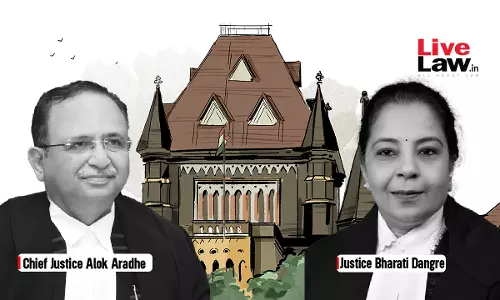'Let Religious Committee Examine First': Supreme Court Defers Decision In Plea To Protect Dargah In Delhi's Mehrauli

The Supreme Court on Tuesday (March 5) deferred its decision on the fate of certain religious structures in Delhi's Mehrauli, directing the petitioners and authorities to make their representations to a court-constituted religious committee first.A bench of Justices Surya Kant and KV Viswanathan was hearing a plea seeking protection from demolition for centuries-old religious structures...
The Supreme Court on Tuesday (March 5) deferred its decision on the fate of certain religious structures in Delhi's Mehrauli, directing the petitioners and authorities to make their representations to a court-constituted religious committee first.
A bench of Justices Surya Kant and KV Viswanathan was hearing a plea seeking protection from demolition for centuries-old religious structures inside the Mehrauli Archaeological Park, including the 13th Century Ashiq Allah Dargah (1317 AD) and Chillagah of Baba Farid. This plea has been filed through Advocate-on-Record Talha Abdul Rahman, assisted by advocates Mohd Shaz Khan and Adnan Yousuf.
During the hearing today, the Delhi Development Authority's lawyer, Senior Advocate Kailash Vasdev, explained their stance, saying “If the religious committee approves of the structure, we don't touch it. If it doesn't, it's liable to be removed.”
Vasdev further pointed to an order by the Delhi lieutenant governor protecting a specific area where the dargah is situated, indicating they would not touch it. In a bid to justify the DDA's demolition exercise, he also alleged that several unauthorised structures had cropped up beyond this protected area.
“If you look at the photographs we have attached, you will see that most of the structures don't go back to 1337 as they have claimed. If these structures go back to 1337, it's an architectural marvel, My Lords. This whole area is an archaeological park which we want to develop, but because of these restrictions, we are constrained. Also this is in the forest area where they cannot carry out constructions. Under the garb of these ancient monuments, a lot more has happened which is unfortunate. We have done inspections at the site. It is evident.”
The senior counsel then referred to the high court order, in which the apprehensions of mindless demolition were termed as 'misplaced' in view of the 'safeguards built into the system', including the requirement to seek the approval of the religious committee that was constituted by the Supreme Court in September 2009.
“This is what we will be abiding by,” Vasdev assured.
However, opposing counsel Talha Abdul Rahman raised concerns about the jurisdiction of the religious committee, particularly regarding ancient heritage structures. Advocate Nizam Pasha also appeared for the petitioner along with Rahman. The latter argued –
“The religious committee came to be constituted in respect of encroachments that have happened in modern day. Suppose someone builds something on the road or even otherwise on public land...They have no jurisdiction with respect to ancient heritage structures. This committee comprises only of bureaucrats.”
Justice Kant responded, “On the question of jurisdiction, the other side may say that the religious committee is competent. Let it decide. Then we will examine its order.”
Ultimately, the bench posted the matter for further hearing after four weeks. In the meantime, the authorities as well as the petitioners or other aggrieved persons were allowed to approach the religious committee with their representations.
Background
Under scrutiny is an order dated February 8 passed by the Delhi High Court declining to pass specific directions for the protection of the structures. The plea before the high court raised the apprehension that the dargah and the chillagah in Mehrauli was “next on the chopping block” in view of the fact that a 600-year-old mosque, Masjid Akhonji, was demolished in the area days ago by the Delhi Development Authority, along with Madrasa Bahrul Uloom and various graves.
The high court disposed of the matter after recording the government authority's undertaking that no protected monument or national monument declared would be demolished. In its order, the division bench led by Justice Manmohan also made observations regarding unauthorised encroachments and the need to balance the right to heritage and the right to breathe.
Challenging the high court's order, an individual named Zameer Ahmed Jumlana moved the apex court, arguing against the demolition of the historical structures. He has contended that they hold significant cultural and religious importance, dating back several centuries, and should not be treated as encroachments on public land. The appeal contends that ancient monuments and heritage sites should receive legal protection under existing laws, such as the Ancient Monuments and Archaeological Sites and Remains Act, 1958. Furthermore, the appeal raises concerns about the arbitrary demolition of religious structures, including mosques and tombs, by Delhi authorities, alleging violations of due process and constitutional rights.
The petition states -
"The impugned order fails to protect religious and non-religious structures - admittedly more than 800 years old - which constitute heritage deserving protection and which cannot be left at the whims of the respondents who threaten their demolition, by treating the same as encroachment. Once it is not disputed that dargah and graves are historical, and relate to heritage and form religious structures with which faith is linked, the same cannot be treated as encroachment. The impugned order fails to consider that these old structures are not encroachments since they exist on the land from centuries. These structures, older than 100 years, ought to hold legal protection under the Ancient Monuments and Archaeological Sites and Remains Act, 1958, but to the Petitioner's knowledge for want of executive interest has been left out. However, it appears from the record that even the National Monument Authority has acknowledged the historical significance of the Ashiq Allah Dargah in its listing."
Apart from seeking protection of the structures from demolition, the petitioner has also sought an interim relief to remove the barricades and hindrances in and around the Ashiq Allah Dargah and to permit the caretaker of the Ashiq Allah Dargah to re-enter and reside inside the structure in order to look after the dargah. Further, the Supreme Court has been urged to allow the worshippers, including the petitioner, to offer their prayers within its premises.
Notably, the Ashiq Allah Dargah, constructed in 1317 AD, stands as a symbol of historical and religious significance in Mehrauli, attracting devotees of various faiths. Additionally, within its premises lies the chillagah of Baba Faridudin Shakarganj, commonly known as Baba Farid, a revered Sufi saint who used the structure for meditation during his stay in Delhi.
In another matter, the Delhi High Court had sought an explanation from the DDA for the demolition of a 600-year old mosque near Mehrauli and ordered status quo with respect to that plot.
Case Details




